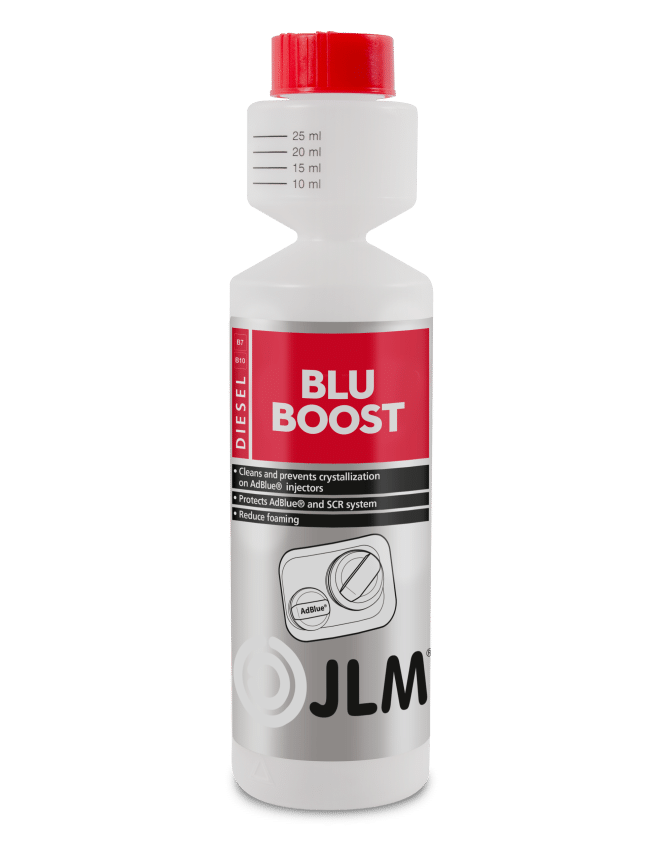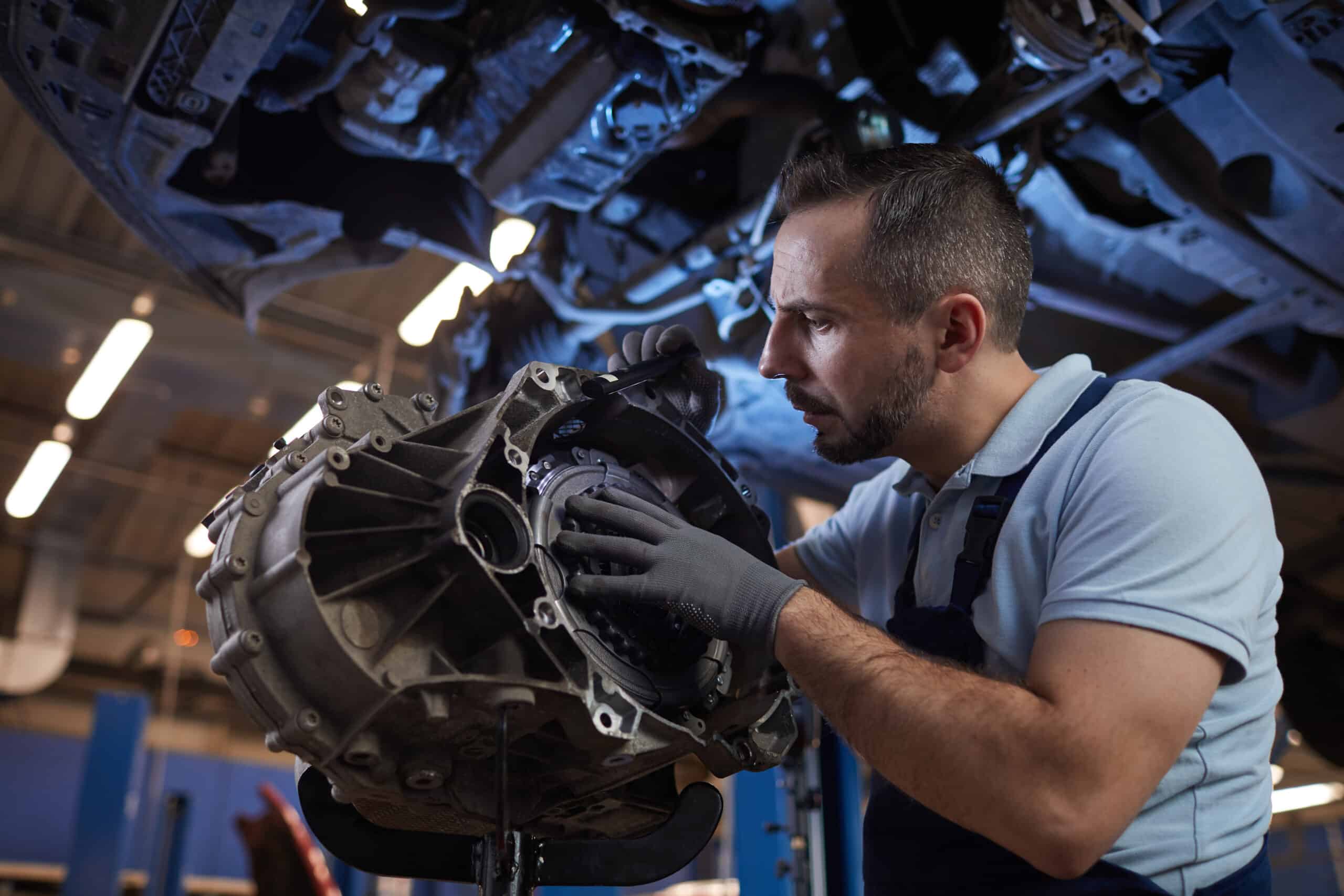JLM’s BluBoost additive cleans and prevents crystal formation in the AdBlue dosing system. It also conditions the AdBlue fluid for a longer time to ensure proper working of the AdBlue and SCR system. This helps prevent performance loss and the often-subsequent expensive repairs. It also reduces foaming at low temperatures.
About AdBlue
AdBlue is a fluid which is automatically sprayed into a car’s exhaust system (Selective Catalytic Reduction – SCR) to reduce the nitrous oxide emissions of diesel engines. AdBlue is made of a mixture of urea and deionized water. The widespread usage of AdBlue in modern diesel cars coincided with stricter Euro 6 emissions standards that have been in effect since 2016. AdBlue makes it much easier to lower the emissions of diesel cars, so they comply with these regulations.
AdBlue is usually checked and topped up if necessary, during a normal service, but it’s a good idea to check it and top it up between these intervals. Almost all cars that use AdBlue are fitted with a gauge on the dashboard to warn you if you’re running low.
Product information
How to use:
250ml of JLM BluBoost treats 100 litres of AdBlue.
•Because it is unlikely you will know the exact amount of existing AdBlue in the reservoir of your car, we recommend premixing the JLM BluBoost additive with the AdBlue top up fluid BEFORE pouring it into your car’s AdBlue reservoir.
• Check the table on the JLM BluBoost bottle to see how many milliliters of AdBlue Plus to add.
• Squeeze the bottle to fill the dosing chamber with the corresponding volume. It is important NOT TO OVERDOSE as this will have a negative effect on the good working of the AdBlue fluid.
• Empty the contents of the dosing chamber into the container with the AdBlue.
• Pour the premixed fluid into the AdBlue container of your car.
Important: Do not add AdBlue top up fluid or JLM BluBoost into your (diesel) fuel tank!
Downloads
Downloads
Frequently
asked
questions
These are the most common questions we get from a potential distributor.




